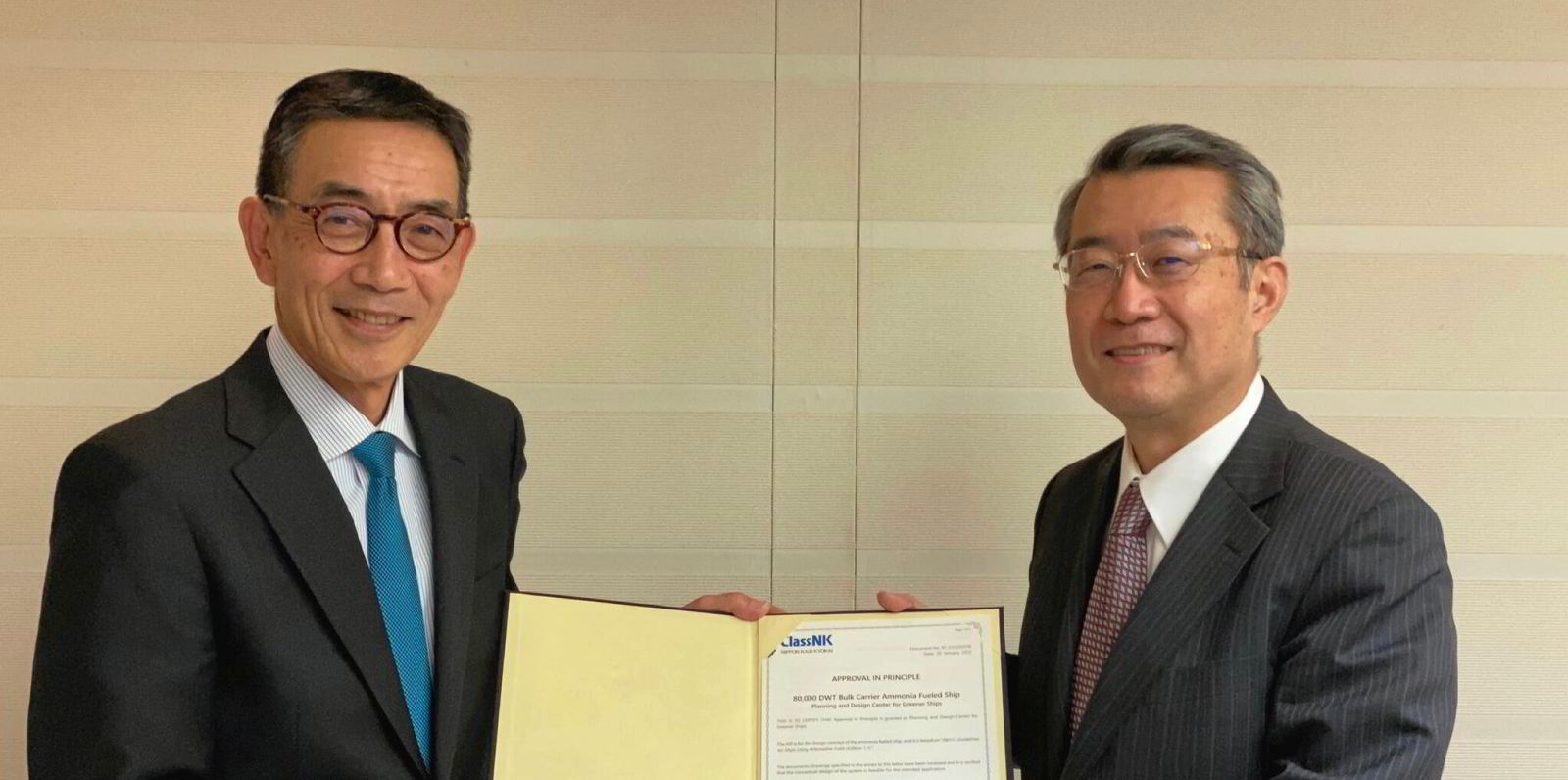The Singapore-based Global Centre for Maritime Decarbonisation (GCMD) has tasked a DNV-led consortium with conducting an ammonia bunkering safety study.
The project will require the consortium to define the safety and operational envelopes to enable an ammonia bunkering pilot and demonstration that will take place in Singapore.
The awarding of the contract, announced on Wednesday, confirmed widespread market expectations that the GCMD has chosen to look at ammonia bunkering as its first project.
Dr Lynn Loo, chief executive of the organisation, described ammonia as being “among the most energy-efficient green fuel to be produced”.
“As with any new bunker fuel, there are safety and operational challenges associated with their use,” Loo explained.
“This study to define the safety and operations envelopes for ammonia bunkering is critical to its eventual adoption anywhere. We have chosen to commission this study in Singapore; with Singapore being a population dense island nation and a major bunkering hub, the stringent guidelines developed in this study will likely be extensible to ports elsewhere.”
DNV will partner with Surbana Jurong, a Singaporean government-owned consultancy focusing on infrastructure and urban development whose understanding of the local landscape was said to be critical to site identification for ammonia bunkering.
The third partner in the consortium is the Singapore Maritime Academy, which will co-develop workforce curriculum and provide manpower development in handling ammonia as a bunker fuel.
Stringent safety

A joint statement released by GCMD and DNV said that handling ammonia as a bunker fuel will require more stringent safety and operational guidelines compared to transporting ammonia as a commodity given the higher transfer frequency and the need for more flexible transfer configurations.
“Our research shows that a number of safety gaps hold the potential to disrupt the speed and success of shipping’s energy transition. The safe handling of ammonia – among the most promising future fuels – is one such gap which urgently needs to be closed, given the threat it poses to seafarers and ships unless properly managed,” said Knut Orbeck-Nilssen, chief executive of DNV Maritime.
Once the study has been completed, the Maritime and Port Authority of Singapore (MPA), a founding partner of the centre, will take the findings from the GCMD study into consideration to facilitate the development of a regulatory framework for future trials.
“In any sustainable transition, a robust management of change process must always be in place where safety is mandatory to protect lives, the environment and investments,” said Dr Sanjay C Kuttan, GCMD's chief technology officer.
The study, which begins in February, is expected to take 10 to 12 months to complete.
Ahead of the award of this study, GCMD signed letters of collaboration with 21 industry partners who have agreed to share confidential technical information with the consortium so a robust set of recommendations can be made to regulators.
In addition, more than 30 organisations across the supply chain have registered to be part of the Industry Consultation and Alignment Panel, set up by the centre to solicit input on the study recommendations.





